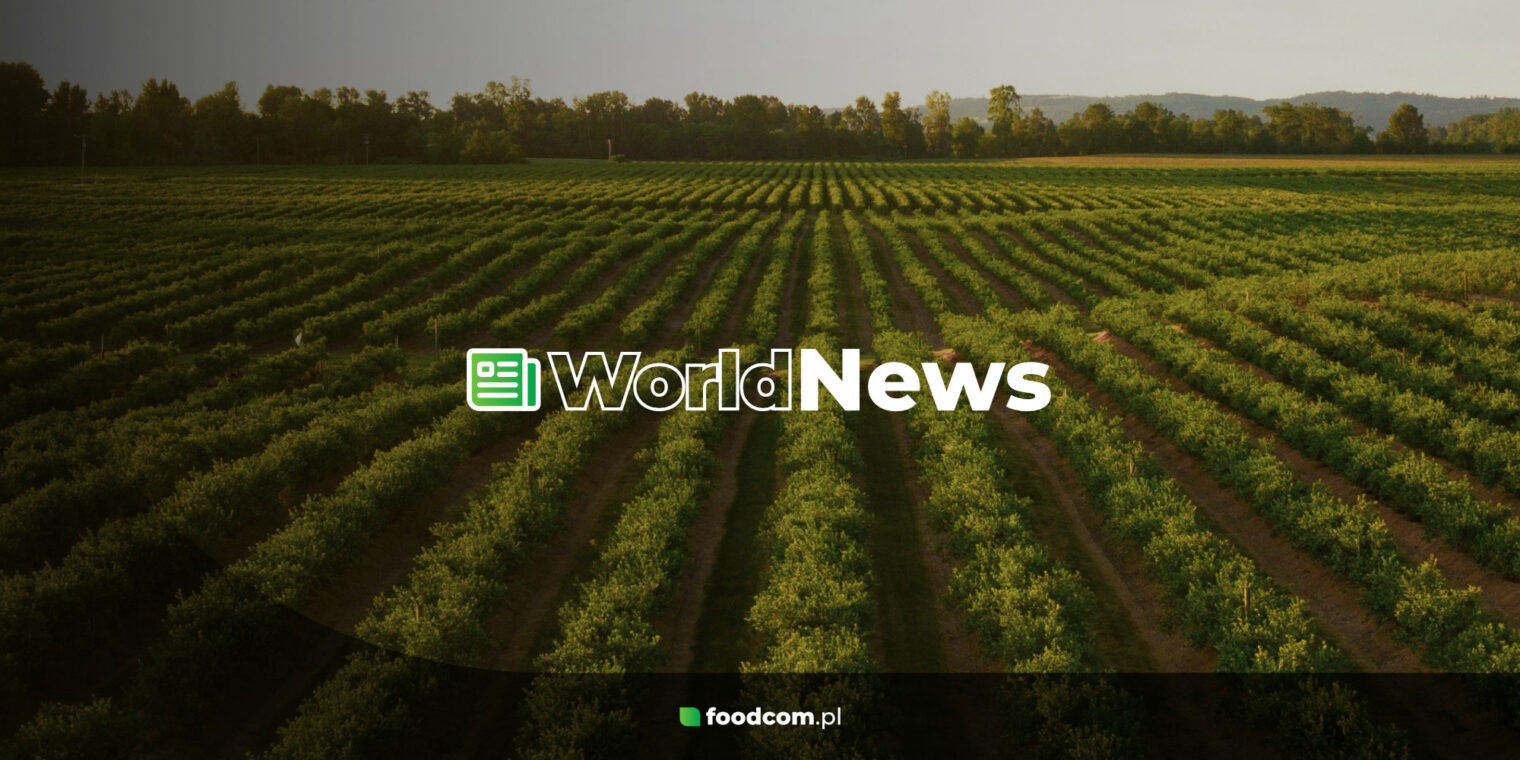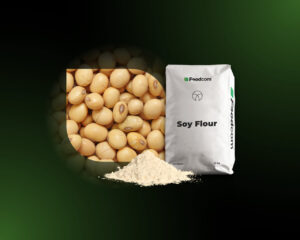- Heavy monsoon rains in India have accelerated the sowing of key summer crops, particularly rice and corn.
- The area under cultivation increased by 4.1% year-on-year, reaching 70.83 million hectares by July 18.
- The market prefers rice thanks to guaranteed purchase prices from the government, which may increase its exports.
- The monsoon directly affects global prices of rice, vegetable oils, and feed – further rainfall could mean record harvests.
Strong monsoon speeds up sowing of summer crops in India
Following July’s heavy monsoon rains, Indian farmers have significantly accelerated the sowing of key summer crops – rice (paddy), soybean, maize, cotton and pulses. According to data from the Ministry of Agriculture and Farmers Welfare, a total of 70.83 million hectares had been sown by 18 July, an increase of 4.1 per cent year-on-year. The monsoon season began on 1 June and has so far brought 6% more rainfall than the multi-year average, improving soil moisture in areas dependent on natural rainfall. Nearly half of India’s agricultural land remains without artificial irrigation, so the course of the monsoon during June-September is critical to crop yields and water reserves.
The area sown to rice reached 17.67 million hectares, an increase of 12.4 per cent compared to last year. This is a result of, among other things, an increase in government procurement prices (MSP), which encouraged farmers to expand acreage. Soya bean sowings stood at 11.17 million hectares, below the 11.9 million hectares a year earlier, although the pace picked up last week. Maize was sown at 7.1m ha compared to 6.17m ha in the same period last year. Cotton now occupies 9.86m ha, down 3.4% y-o-y, but there has also been an acceleration in field work in this segment. Legumes covered 8.2 million ha – an increase of 2.3% y/y. The data is preliminary and will be updated as reports from the states come in.
What the monsoon season means for agricultural markets and trade
The monsoon accounts for about 70% of India’s annual rainfall and underpins agriculture in an economy worth nearly $4 trillion. It affects not only crop yields, but also domestic commodity prices and import levels. India is the world’s largest exporter of rice and at the same time a major importer of vegetable oils, especially palm and soybean oils, so changes in sowings and yields have an immediate impact on global grain, feed and oil commodity markets.
Farmers’ preferences are increasingly shifting towards rice, as the government buys large volumes of it at administratively set prices, which it does not offer to such an extent for other crops. According to trade experts, weather conditions in most of the country are favourable for the crop, with the exception of only some north-eastern regions. Sustained heavy rainfall also in August could create the conditions for an exceptionally abundant harvest nationwide.
In the coming weeks, it will be most important to keep an eye on the distribution of rainfall, as it will determine both production forecasts and possible export decisions by the government, as well as the potential translation into prices for rice, vegetable oils and feed ingredients on international markets.







